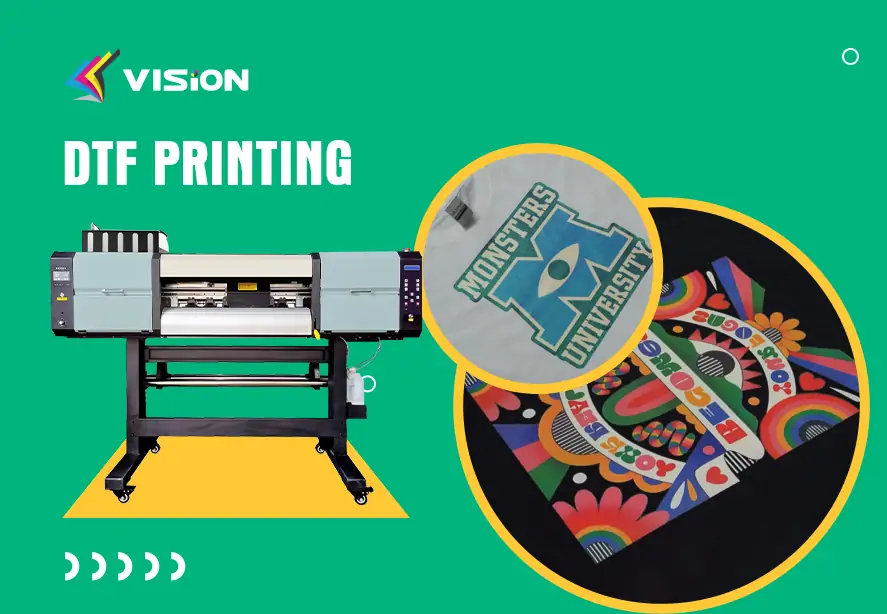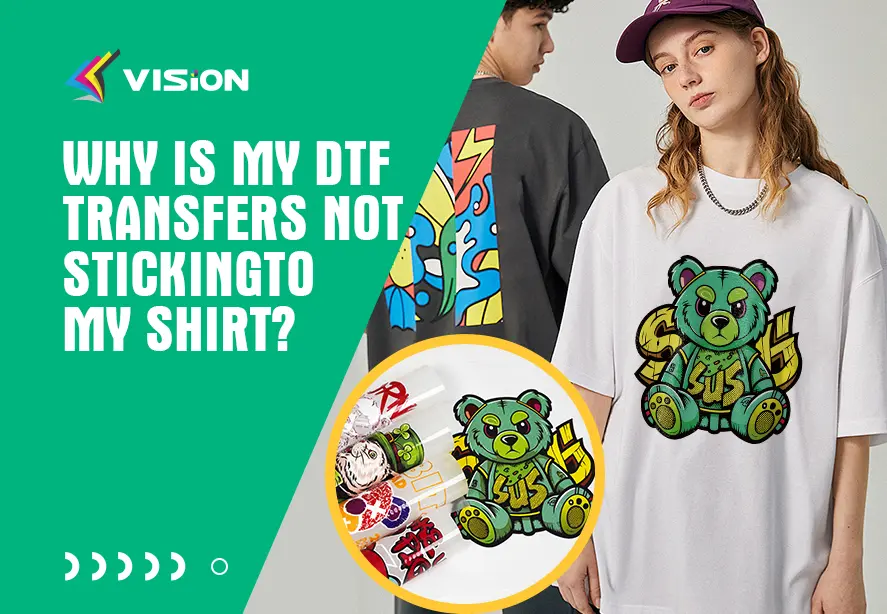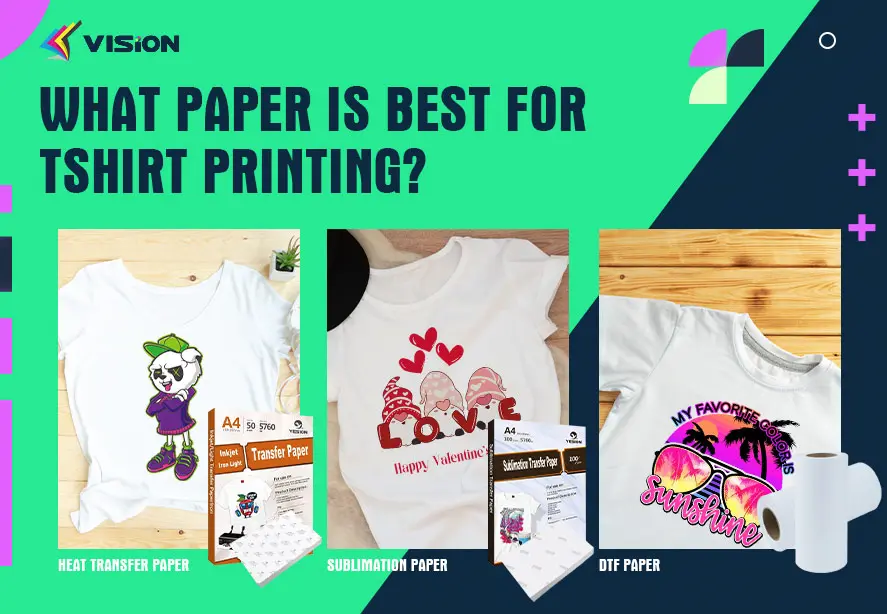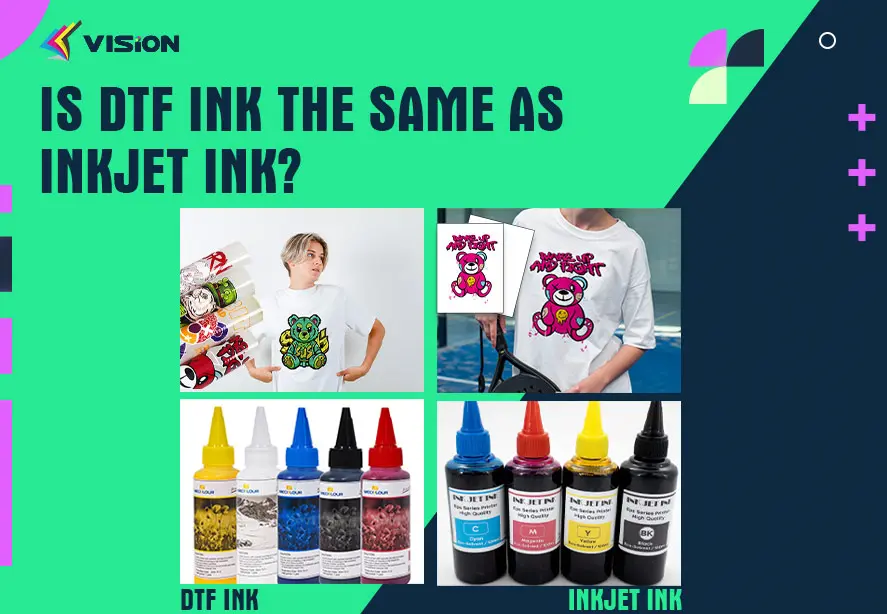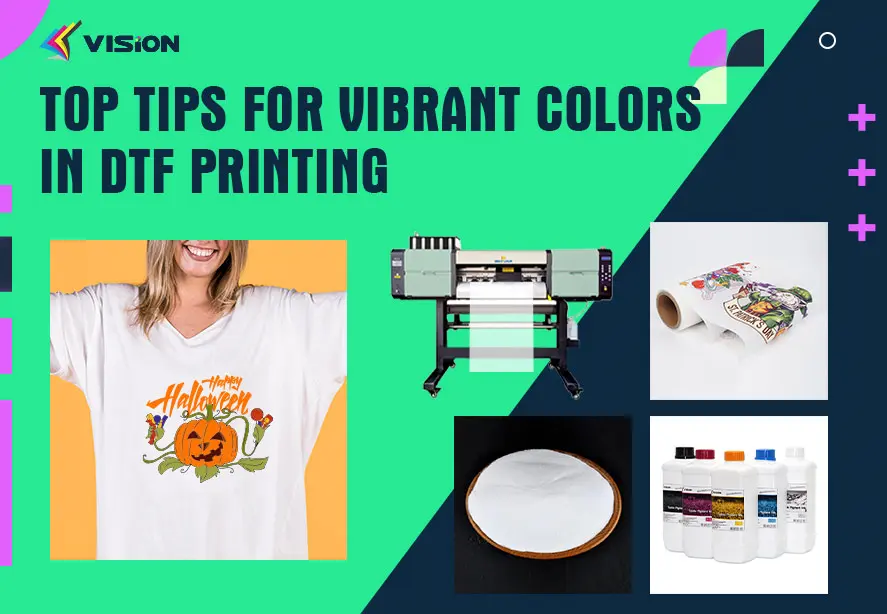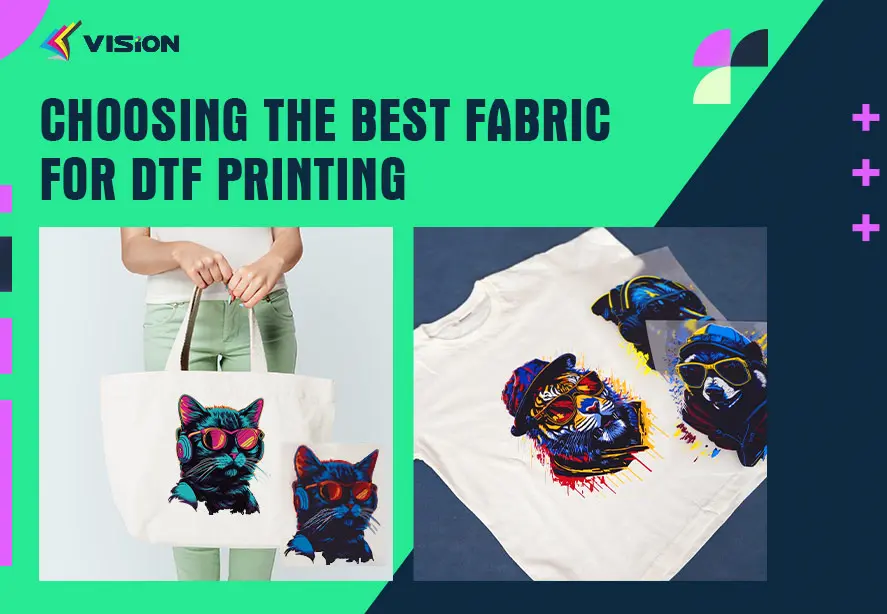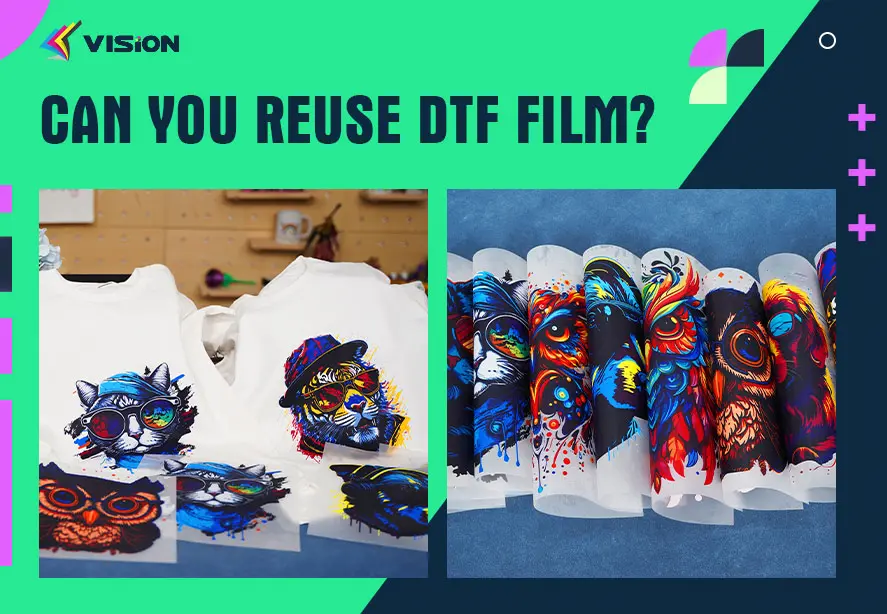DTF Printer vs. DTG Printer Machine
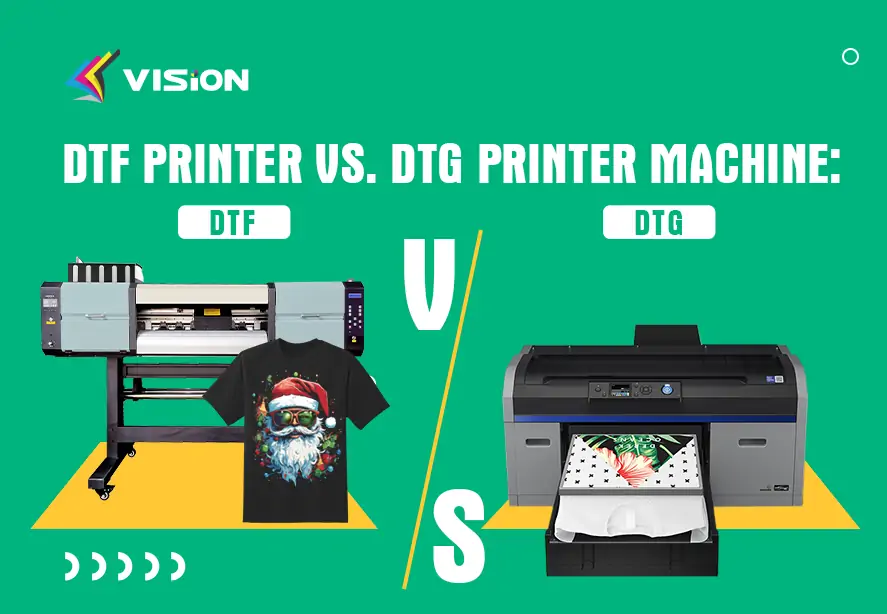
With the ever-growing demand for customized apparel, the printing industry has witnessed the rise of various printing methods. Among these methods, DTF (Direct-to-Film) printing and DTG (Direct-to-Garment) printing have gained significant popularity. While both techniques serve the purpose of printing designs onto fabrics, they differ in terms of their processes, capabilities, and the types of printers used.
In this comprehensive guide, we will delve into the differences between DTF printers and DTG printer machines, providing you with a thorough understanding of each technology.
DTF Printing: Exploring the Process and Capabilities
DTF printing, also known as Direct-to-Film printing, is a relatively new technology that has gained traction in recent years. This technique involves printing designs onto a special film using a DTF printer. The printed film is then transferred onto the fabric using a heat press machine. Let’s explore the process and capabilities of DTF printing in detail:
The Process of DTF Printing
Design Creation: The process begins with the creation of a design digitally using software or graphic design tools. This design will be the blueprint for the final print.
Printing: Once the design is ready, it is printed onto a DTF film using a specialized DTF printer. The printer utilizes a combination of ink and adhesive to create the design on the film. This process ensures that the design adheres to the film properly.
Film Transfer: After the film is printed, it is carefully placed onto the fabric, and a heat press machine is utilized to transfer the design onto the fabric. The heat from the press activates the adhesive on the film, allowing it to adhere permanently to the fabric.
Related:
The Ultimate Guide to DTF Printing
How to use dtf printing machine prints dtf film?
Advantages of DTF Printing
DTF printing offers several advantages. Firstly, it allows for the printing of vibrant and detailed designs on a wide range of fabrics. Whether you’re working with light or dark-colored garments, DTF printing provides versatility in printing options. Additionally, this method enables easy customization and quick turnaround times, making it ideal for small to medium-sized print runs.
DTG Printing: Unveiling the Process and Capabilities
DTG printing, or Direct-to-Garment printing, is another popular technique widely used in the apparel printing industry. This method involves printing designs directly onto the fabric using a specialized DTG printer. Let’s take a closer look at the process and capabilities of DTG printing:
The process of DTG Printing
Design Creation: Similar to DTF printing, the design creation process begins digitally, utilizing graphic design software or other relevant tools to create the desired design.
Pre-Treatment: Before printing, the fabric needs to undergo pre-treatment. A special solution is applied to the fabric, helping the ink adhere properly to the fabric’s surface.
Printing: Once the pre-treatment process is complete, the fabric is ready for printing. The DTG printer sprays water-based ink directly onto the fabric, allowing the colors to blend seamlessly.
Curing: After the printing process, the fabric requires curing to ensure that the ink is fully dried and permanently adhered to the fabric. This can be achieved using a heat press or a conveyor dryer.
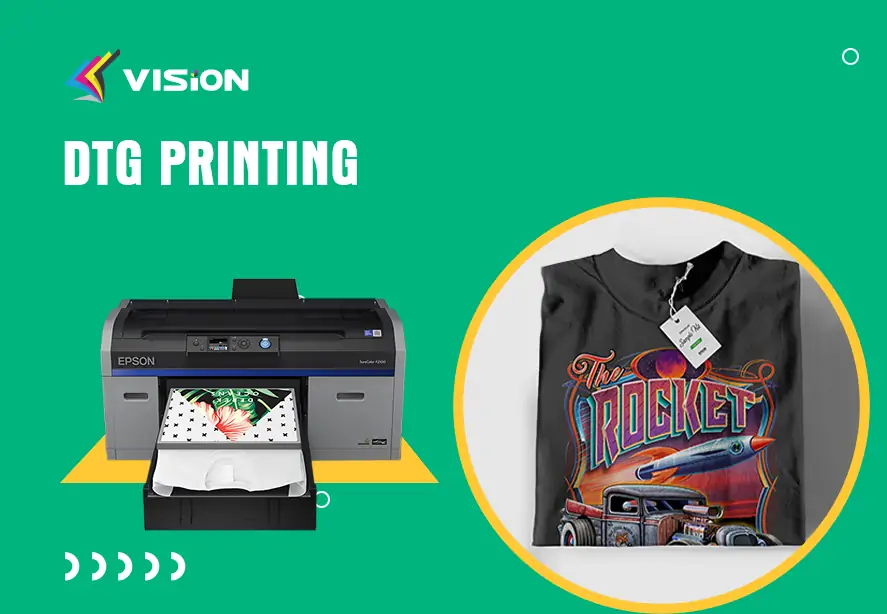
DTG printing
Advantages of DTG Printing
DTG printing offers a range of advantages. Firstly, it allows for the printing of complex and detailed designs with a high level of accuracy. The method excels in reproducing intricate artwork and photographs effectively. Moreover, DTG printing is suitable for both small and large print runs, providing excellent color vibrancy on light-colored garments.
Key Differences Between DTF Printing and DTG Printing
Printing Process: The most apparent difference between DTF printing and DTG printing lies in the printing process itself. DTF printing involves printing the design onto a film and then transferring it onto the fabric, while DTG printing involves directly printing the design onto the fabric.
Ink Type: DTF printing utilizes a combination of ink and adhesive, whereas DTG printing relies on water-based ink.
Fabric Compatibility: DTF printing can be used on both light and dark-colored fabrics, offering greater versatility in fabric choices. In contrast, DTG printing is typically more suitable for light-colored fabrics.
Detail and Color Reproduction: DTG printing has an advantage over DTF printing when it comes to detail and color reproduction capabilities. The DTG method excels in reproducing intricate designs and photographs with exceptional accuracy.
Production Speed: DTF printing generally boasts a faster production speed compared to DTG printing. This makes DTF printing suitable for quick turnarounds and small to medium-sized print runs.
Choosing the Right Method for Your Printing Needs
When it comes to deciding between DTF printing and DTG printing, several factors come into play. Consider the fabric type, design complexity, production speed requirements, and desired color vibrancy. Each method has its strengths and is suitable for different scenarios.
In conclusion, both DTF printing and DTG printing offer valuable techniques for apparel decoration. DTF printing allows for versatility, quick turnarounds, and the ability to print on awide range of fabric colors. On the other hand, DTG printing excels in reproducing intricate designs and photographs with exceptional detail and color accuracy. Understanding the differences between these two methods will help you make an informed decision based on your specific printing needs. Whether you choose DTF printing or DTG printing, both technologies provide excellent options for creating custom and high-quality prints on garments.
In recent years, DTF printing technology has become increasingly popular in the digital printing market. Therefore, DTF printers and related consumables (such as DTF film, ink, powder)are also in great demand. VISION is a leading manufacturer from China in the digital printing industry, no matter what products you want to wholesale, we are your most suitable supplier. Of course you can also become one of our local agents, we provide you with factory prices and free sample testing to make your local distribution business profitable.
Related:
DTF printing: Is it worth?
How do I choose a DTF printer with a powder machine?


